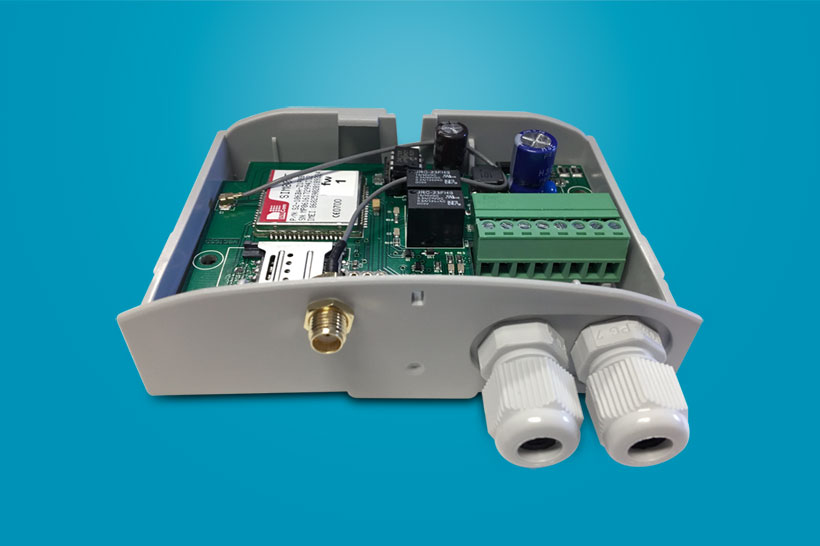How to choose an anti-flooding system
Projects


Relay:
The heart of the system. Its main function is to supply electrical energy to the pumps, also in the event of a power cut (a very common occurrence during storms). A relay as advanced as the SP series one provides many other important features such as control of the state of the floats, commanding the two pumps, performing periodic self test of the system, and activating alarms if necessary.
Batteries:
These are the energy reserves which the relay relies on in the event of a power cut. The BeB relays are designed to best load and monitor them. Do not save on the quality of batteries because they could leave you without power when most needed. The batteries must be sized in order to provide acceptable battery life (around one hour).
Electric pumps:
The ‘mechanical’ part of the system. They draw water from the well and pump it out of the danger zone, overcoming the counter pressure given by the height of the discharge pipe (pressure head in technical jargon). It is better if there are two of them, because if one is blocked, the other continues to work.
Well:
This is the collector of all rainwater coming from all outdoor areas: slide, gutters, hoppers, skylights, etc. It is important that it is adequately sized. If it is too small, it fills up and empties too quickly and the pump can be damaged due to the continuous inrushes.
CAUTION:
To ensure correct operation of the system, perform periodic maintenance and cleaning (at least every 6 months) of the well, the electric pumps and the pipes.
SEVERAL SUGGESTIONS:
- How is an anti-flooding system measured?
The outdoor surfaces are measured, expressed in square metres. - The flow rate of the electric pump is calculated using the following formula: P = (S+20%) x 1.5.
Where:
- P=flow rate (in litres/mins) – To convert from litres/mins to m3/hour, multiply by 0.06.
- S= Total outdoor surface.
- Depending on the flow rate just calculated and the pressure head, a suitable pump is used.
- According to the electrical characteristics of the selected pump, the relay is chosen, checking that the power supplied, the current delivered and the inrush current supported are suitable for the pump.
- The batteries are chosen according to the power of the relay and the desired battery life, using the tables in the list.
For example:
With a total outdoor surface of 130 m2, the flow rate must be as follows:
- P= (130 + 20%) x 1.5 = 234 litres/minute
- I.e.: 234 x 0.06 = 14 m3/hour.
Therefore, a pump is used which has this flow rate at the pressure head of my system (e.g. 3m). The reference pump has a maximum absorption of 1.0 kW and a maximum current of 4.3 A, using a SP1200 relay.

CAUTION:
The indicated battery lives are intended with maximum load and continuous operation, with the batteries supplied by BeB and subject to proper maintenance. If the electrical, power (relay and pumps) and hydraulic (pump flow rate, well size, pressure head ) sizing have been correctly executed, the pumps will be activated intermittently, ensuring longer battery life than that indicated in the table below.




